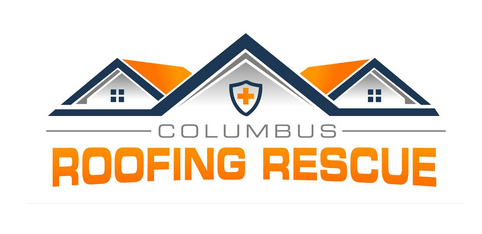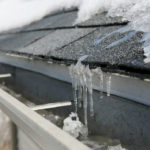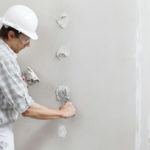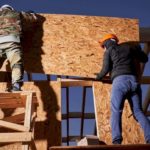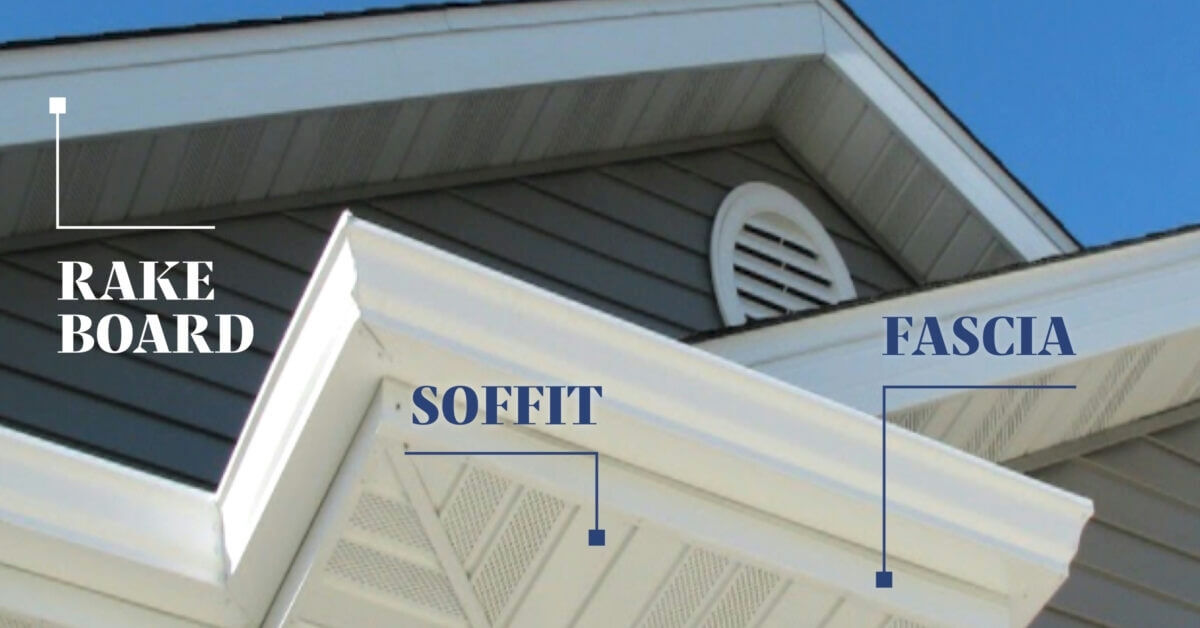
What is the Rake of a Roof?
It can be hard to understand roofing terminology, especially if you’re neither a roofer nor a builder. While many homeowners consider their roof one component, it is an intricate network of multiple elements and features.
Learning the different parts of your roof may help you figure out to better take care of it. It can also help you decide when to bring in a roofing contractor to fix an issue.
There’s plenty of jargon associated with the different parts of a roof. But in many cases, only roofing experts understand the terminology. Rakes, valleys, dormers, hips, and ridges refer to specific roof parts.
What Exactly is the Rake of a Roof?
Simply put, a roof’s rake is the exposed section of a gabled roof, typically extending from the eave to the ridge–the sloping part of a roof. A roof’s rake is meant to cover the roof’s upper edge.
The rake of a roof is made of various roofing materials to suit different roofing tastes and preferences. It may be made of concrete, cedar, pine, PCV, and even smartboard, to mention a few choices.
Generally speaking, a builder will select a type of material that best matches the style of a home. For example, they can clad the rake of a roof with metal so it matches the look of a metal roof.
What’s the Role of the Rake of a Roof?

The purpose of fitting the rake of a roof is to prevent moisture from causing damage to your roofing system. It also prevents small animals and insects from penetrating and damaging your roofing system. It’s essential to regularly inspect your roof for any cracked, rotting, or damaged rake boards.
Pest damage is a serious issue that often occurs in the rake of a roof. Insects and small animals can use the gaps and crevices in the rake boards or missing parts of fascia boards or soffits as their home or nest.
The Rake of a Roof vs. the Eave
The rake of a roof and roof eave basically refer to the same thing—a roof’s extension beyond the exterior walls. But the main difference between the two is their location.
While the eave of a roof refers to an extension of the rafters that overhang the outer wall, the rake of a roof is the roof’s extension on the gable side. Put simply, the rake of a roof is located on the side of a gable, while the eave is located on the sloping side.
Types of Rakes of Roofs
The rake of a roof is a common feature in homes that have gabled roofs. But the rake of a roof can look slightly different in various architectural designs and styles. Here are some types of rakes of roofs found in American homes.
Exposed Rake of a Roof
In an exposed rake roof, the rake part of the roof will typically match the roof eave overhand. When the rafters of a roof extending beyond the outer walls are exposed, a roof’s rake is also exposed. An exposed rake of a roof offers several benefits, one of which is that it’s lightweight.
Since an exposed rake of a roof is lightweight, it can extend way beyond the end of the gable when well-supported. This can create a stunning architectural feature in some architectural designs, including a craftsman home. But since the rake is exposed, it can suffer more damage from severe wind and weather than other rakes.
Boxed-In (Enclosed) Rake of a Roof
A boxed-in rake of a roof, also referred to as an enclosed rake of a roof, provides an additional protection layer against elements like rain and wind. This rake of a roof is typical in hip-roofed homes and can be easily incorporated into existing architecture.
In some cases, a boxed-in rake of a roof can be necessary for specific geographical locations that are vulnerable to fires. A boxed-in rake of a roof and eave can provide some level of protection depending on the materials used.
Common Issues with Rakes of Roofs
The rake of a roof provides both functional and aesthetic benefits. However, there are specific issues you need to keep an eye out for to help extend its life. Many problems may arise if you don’t take good care of the rake of your roof.
Moisture is the most common issue with the rake of a roof. Various kinds of moisture, including high humidity, rain, and snow, can cause roof damage, so it’s crucial to moisture-proof the rake of your roof.
Pest damage is another more common problem in poorly maintained rakes of roofs. Small animals and insects can access any openings or gaps in your roofing system to build their shelter.
If you notice an open fascia board or soffit, sort it out to keep pests away from your roof. Ice dams often develop in the rake of a roof after a heavy snowstorm and potentially cause leaks in your roofing system. If you notice ice dams in and around the rake of your roof, get rid of them immediately.
Essential Maintenance Tips for the Rake of a Roof
Ensure that your eaves are clean and free of holes. Seal any holes you see. Have your roof sheathing checked during an inspection. If it’s leaking, this can lead to mold growth that might weaken your roof’s structural integrity. You should also keep the roof of your rake clean and debris-free. This will help prevent water damage to your roof.
Lastly, consider applying a weatherproofing material or sealant to the rake of your roof to protect it from the weather and help extend its life.
Get a Local Roofer to Sort Out Your Roofing Issues
The rake of your roof is an integral component of its entire structure, so keeping it in tip-top condition is vital. At the very least, getting an annual roof inspection is imperative to catch problems early on. That way, you can avoid potentially costly repairs.
If the rake of your roof needs to be fixed or replaced, it’s always best to contact an experienced roofing expert. While it’s tempting to try to do it on your own, this task is best left to qualified pros.
